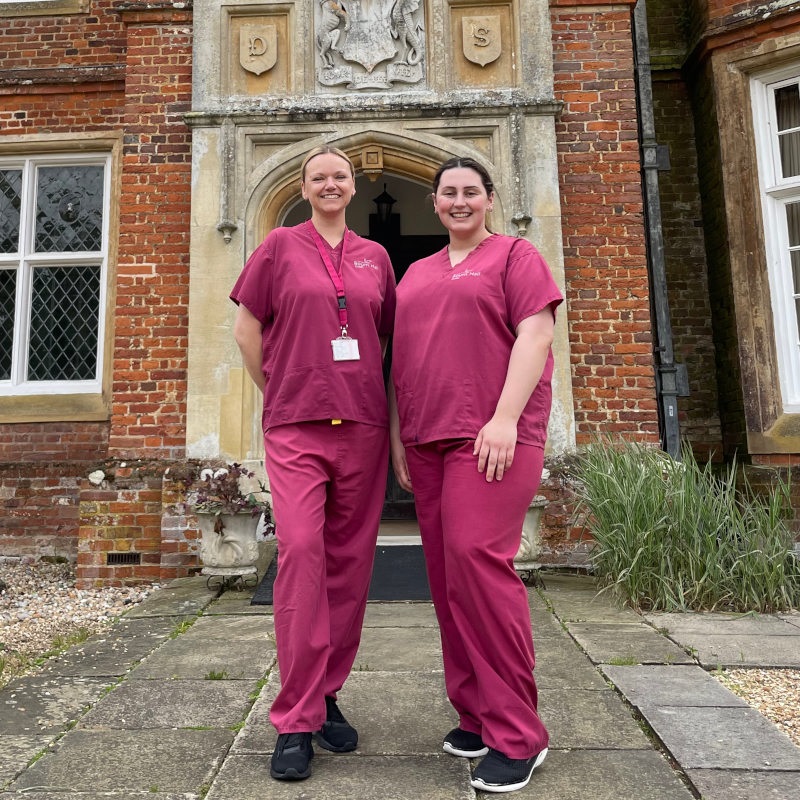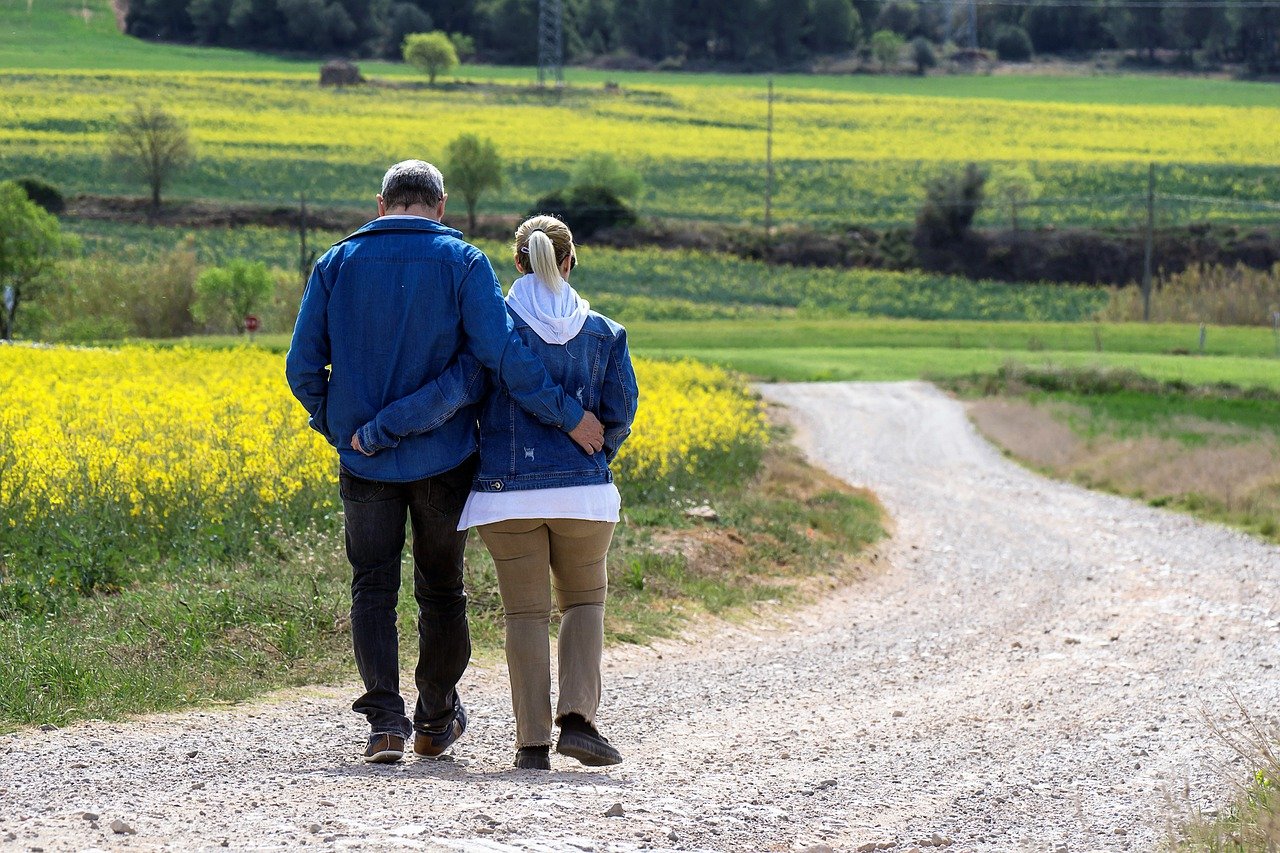Why older eggs get it wrong – the rubber-band comes loose
The wrong number of chromosomes in eggs is known to be the main reason why fertility declines and the risk of miscarriages increases in women from their mid-thirties. New research reveals that a central chromosome site is fragmented in aged eggs, due to the decay of a protein complex called cohesin, which acts like a rubber-band holding the chromosome structures together.
Findings of the research by a team of scientists from the Max Planck Institute for Biophysical Chemistry in Göttingen, Germany and Bourn Hall in Cambridge, UK are reported in Current Biology (31 October, 2019).
Dr Melina Schuh, Director at the MPI for Biophysical Chemistry, comments: “We have studied for some years now why the distribution of chromosomes in eggs becomes more error-prone with age and we have already found various factors in the egg that contribute to this. However, the picture is still incomplete.”
Co-author on the paper, Martyn Blayney, Science Director at Bourn Hall Clinic, comments: “Recurrent miscarriage is one of the most heart-breaking experiences. We are committed to supporting research that will enable us to better understand the complex workings of the egg and help more people to achieve their dream of a family.”
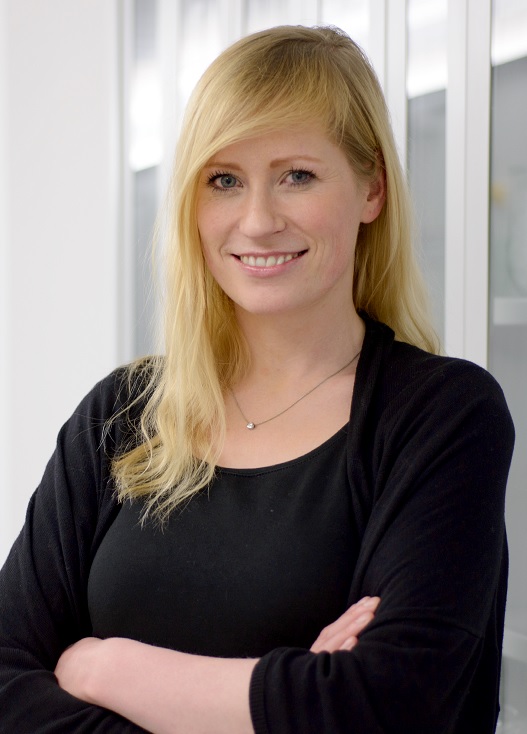
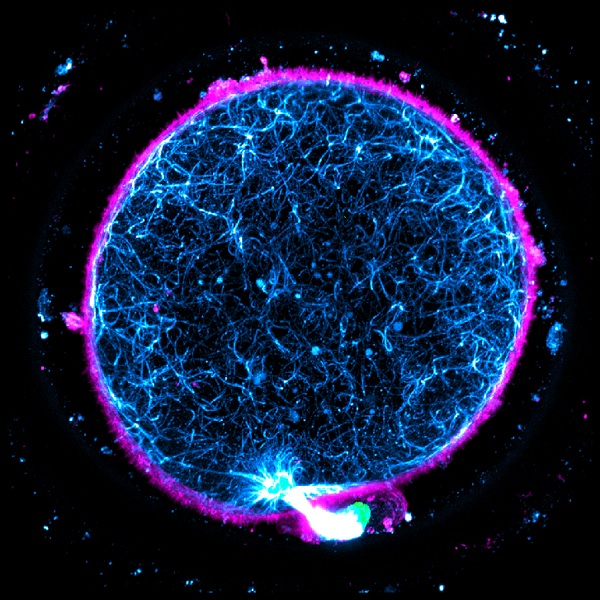
How eggs mature
A woman’s immature eggs are already produced at birth. As the egg cell then develops, it divides by a process called meiosis, so a mature egg contains just one copy of each of the 23 chromosomes. An egg is then released once a month, ready for fertilisation with a sperm to produce an embryo.
During cell division, the chromosomes are pulled apart by spindle fibers attached to a structure on the chromosome called a kinetochore. However, this process gets less accurate as the woman (and her eggs) age and this is largely why older eggs are more likely to have too many or too few chromosomes.
Kinetochores are at the centre of everything
Schuh, her team and researchers at Bourn Hall Clinic have now investigated the kinetochore for the first time in detail.
Schuh continues: “The kinetochores play a central role in chromosome distribution: The spindle fibers pull on them for numerous hours as the chromosomes become sorted and arranged on the spindle. They are therefore exposed to very strong forces. We wanted to know whether anything changes in or around this anchor point due to age.”
Indeed, her team discovered that the centromere, a special region of the chromosome where the chromosome’s DNA is tightly packed, becomes looser in old eggs. In fact, it does so to a point where one third of all kinetochores built on aged centromeres are falling apart.
The key seems to be a protein complex called cohesin, which is attached to certain areas of the chromosome like a tight rubber ring and stabilises them.
Cohesin holds it all together
The key seems to be a protein complex called cohesin, which is attached to certain areas of the chromosome like a tight rubber ring and stabilises them.
“We already knew that the amount of cohesin at the chromosomes decreases with age – but whether this is also the reason behind the newly observed decay of kinetochores was unclear,” explains Dr Agata Zielinska, a former PhD student in Schuh’s lab. To test this, she artificially reduced the amount of cohesin in young eggs and observed the loosened centromeres and decayed kinetochores that occur in old eggs.
“The age-related lack of cohesin apparently causes damage to centromeres and kinetochores,” Zielinska summarises.
“Next, we wanted to find out whether the disintegration of the kinetochores could be linked to incorrect chromosome distribution,” says Schuh.
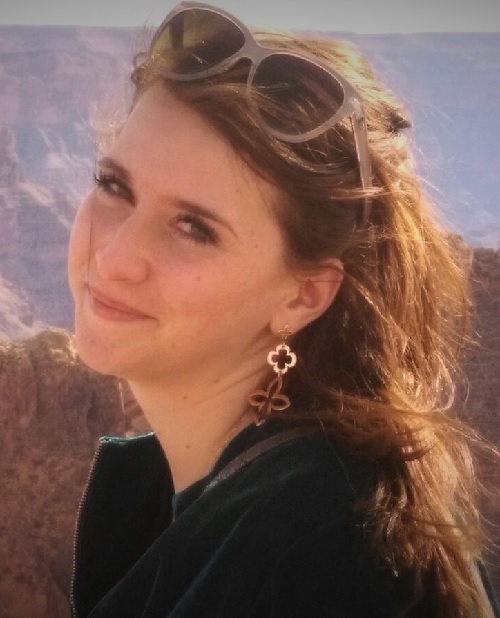
Ensuring the correct number of chromosomes
It is the spindle apparatus that ensures that a maturing egg retains the correct number of chromosomes. During meiosis, when the chromosome copies are divided, spindle fibers attached to the kinetochores act like a winch so the chromosomes are pulled to one of two opposite poles – the cell will divide between these poles.
In further experiments, the researchers discovered that in about one third of cases, the individual parts of a decayed kinetochore were simultaneously attached to spindle fibers of both poles.
“In such cases it is no longer clear to which pole the spindle fibers pull the chromosomes during cell division,” Schuh continues, “and distribution errors may arise that contribute to infertility and miscarriages.”
The unfertilized eggs for these studies came from Bourn Hall Clinic and the Kinderwunschzentrum Göttingen. Women had donated them anonymously for research – the eggs would otherwise have been discarded, as they were too immature for in vitro fertilization.
These new findings provide new insights that will help to inform future improvements in fertility treatment and we are very grateful to the women that have generously donated their eggs.
Original publication: Meiotic kinetochores fragment into multiple lobes upon cohesin loss in aging eggs. Agata P. Zielinska, Eirni Bellou, Ninadini Sharma, Ann-Sophie Frombach, K. Bianka Seres, Jennifer Gruhn, Martyn Blayney, Heike Eckel, Rüdiger Moltrecht, Kay Elder, Eva R. Hoffmann and Melina Schuh; Current Biology (2019).


